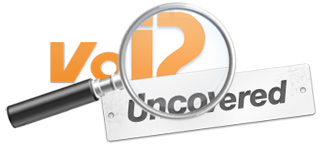TMC Labs Reviews Positron’s V114 PCI Card: Grade A-
Tom Keating recently reviewed Positron’s V-114 Asterisk on a Card and the product fared very well in their assessment. The Highlights Installation: 5 Documentation: 4 Features: 4.5 Overall: A- What is the V-114? – 4 ports of Analog FXO for connecting trunk lines – Asterisk Integrated on the card – 1 port of FXS for connecting a phone or a fax machine Who is the market for this card? Resellers — because it’s 100% SIP based there is no API to learn. Installation: No driver required. It works with Windows, Linux, etc., and simply installs as an Ethernet network adapter into any PCI slot. You can simply send SIP traffic to the card and it will do SIP to TDM conversion or SIP trunking, making it a simple plug n’ play VoIP gateway. Operational Testing: On an extension to extension test call, the “voice quality was perfect.” TMC reports. They also tested the two built in conference bridges and each performed well with excellent echo cancellation. Full console access to the Linux Operating System by SSHing into the card, where you can peruse and modify the important Asterisk Config files. Can use a web admin tool to make the changes; however, it is not clear changes need to be saved before they are applied, TMC reports. Conclusion The 256MB of permanent and NAND Flash memory is enough for most...
Read More




